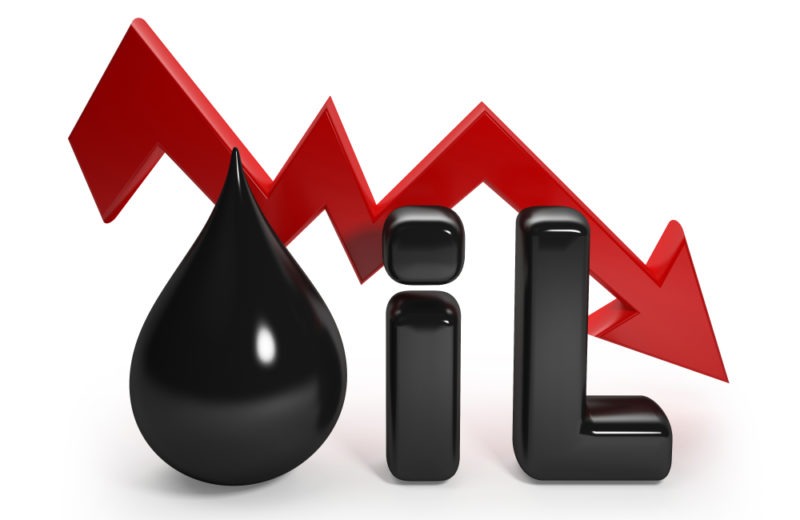The global oil market has recently witnessed a significant shift as prices approach the $77 per barrel mark. This decline reflects a complex interplay of global economic forces, fluctuating demand, geopolitical tensions, and strategic decisions by leading oil-producing nations.
Several key factors contribute to the falling oil prices. Firstly, a slowdown in global economic growth has led to reduced oil demand, especially from major consumers like China, which is currently facing economic challenges. Secondly, the increased shale oil production in the United States continues to add to the global oil supply, exerting downward pressure on prices.
Furthermore, geopolitical tensions, particularly in the Middle East, have historically influenced the oil market. However, despite the ongoing challenges, the markets have shown resilience, partially due to the intervention of the Organization of the Petroleum Exporting Countries (OPEC) and its allies in regulating production to stabilize prices.
Forecasting the Impacts
Economic analysts closely monitor these trends, attempting to forecast the long-term impacts on the global economy. The drop in oil prices can benefit consumers by reducing fuel costs and alleviating inflationary pressures. However, it may adversely affect oil-dependent economies by impacting their revenue and budget planning.
As the oil market continues to adjust, it is critical to observe how geopolitical events, energy policies, and technological advancements will further impact the global economy. The drop in oil prices toward $77 represents a pivotal moment that will shape energy and economic policies in the coming years, presenting both challenges and opportunities for producers and consumers alike. This price movement prompts a reassessment of energy strategies, increased investment in alternative energy sources, and a closer examination of the sustainability of national economies heavily reliant on oil exports.















